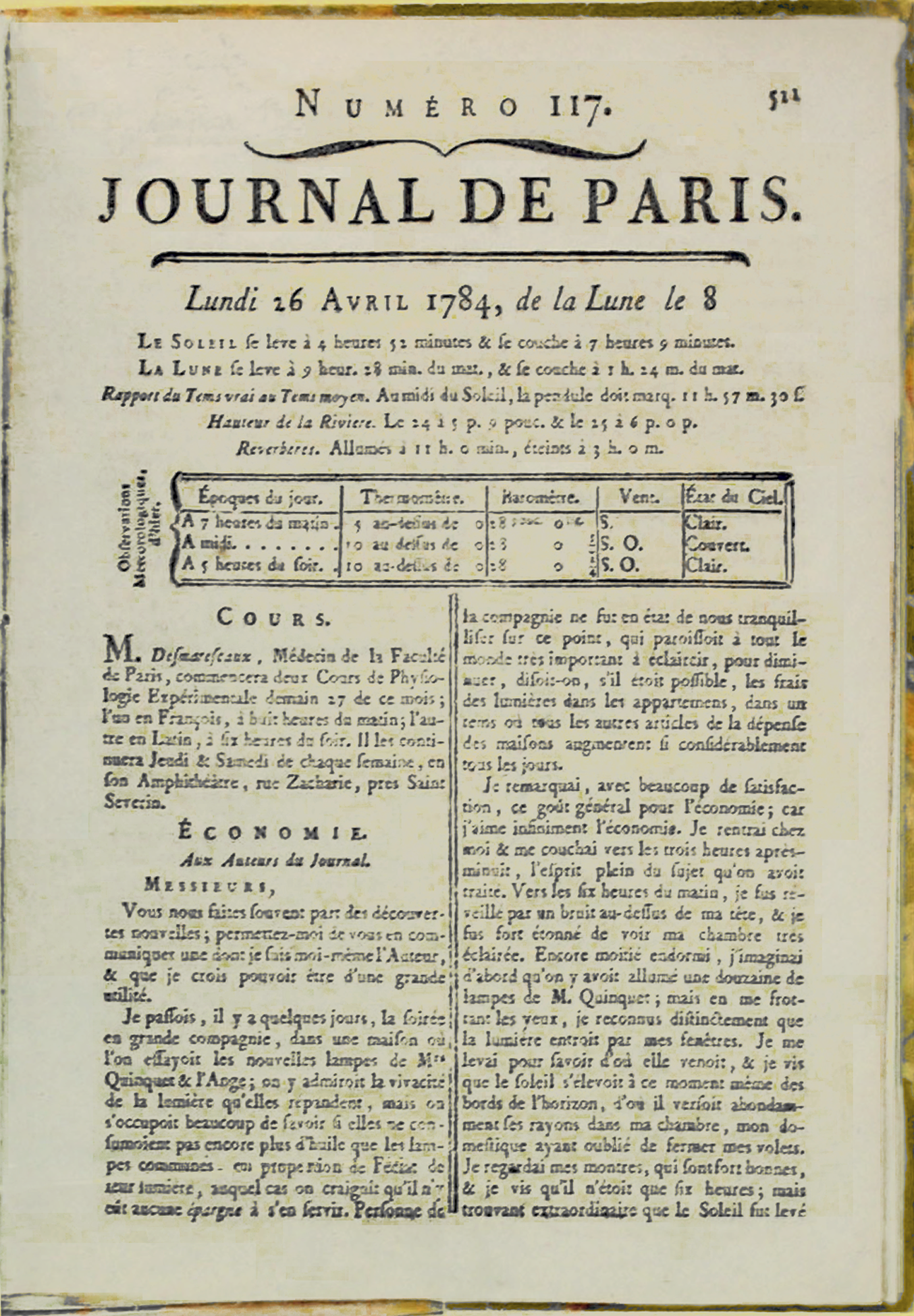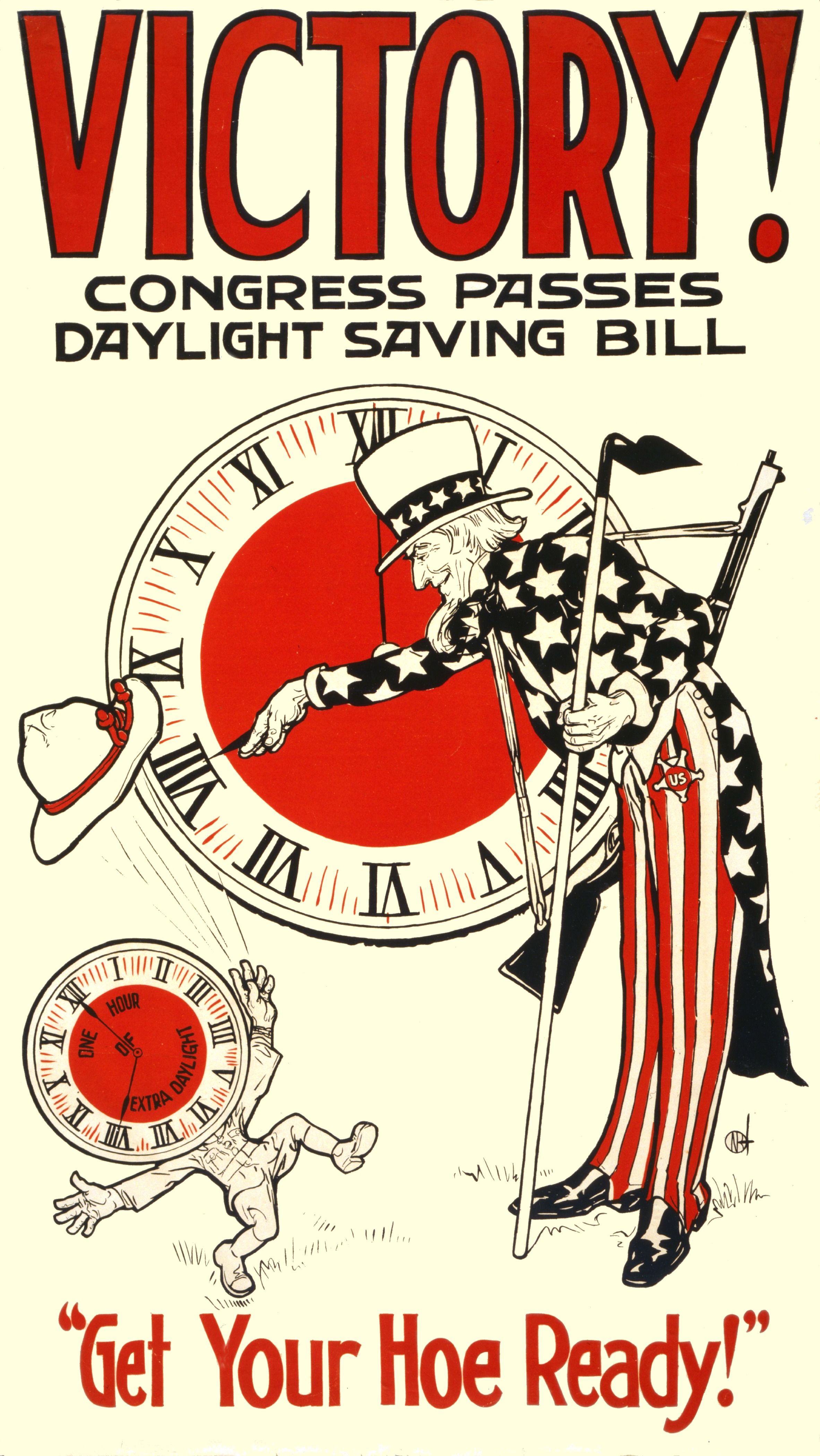Well, maybe not save it, but it can dramatically improve the quality of it, according to a 1931 advertisement. The ad is a narrative of the story of poor Miss Nickerson, a rich, beautiful New York heiress doomed to a life of loneliness because she unknowingly suffered from halitosis. If only she’d had Listerine. Her life could have been so different. There’s an important lesson to be learned here, readers – always rinse!
This is an example of just one of the many ads I found while weeding a while back. Not all the advertisements were as dramatic as the one mentioned above, but I found plenty of personal favorites. Here are just a few:
Indestructible Dolls
When I was a little kid, I never had to experience the horror of having a sadistic older sibling maim one of my treasured Barbies (I was the oldest, but that’s beside the point), but there are probably more than a few little girls who did have to endure that. If only they’d been alive in 1902. Then they would have been able to order a Minerva Indestructible Doll Head from the Sears Roebuck catalog. Imported from Germany, these gems combined the durability of sheet metal with the “beauty of bisque”. It’s lightweight, washable, and will not chip. It’s also covered with “pure, wholesome paint”. What little girl wouldn’t want to cuddle up next to that?
Join the Sears Roebuck Chapter of the Hair Club
Today, we’re constantly bombarded by advertisements for products that promise to enhance our looks or bodies in some way or another. Apparently, this was also the case back in 1902. Long before the advent of the Hair Club for Men (and for Women) for the follicle-challenged, there were “hair switches”, early 20th-century versions of weaves, extensions, wigs, and toupees.
Change Your Body – No Surgery Required!
If one didn’t like the shape of her body, there was a way to change that, too. You couldn’t walk into a surgeon’s office and request implants, but you could order a hip pad or bustle from the Sears Roebuck catalog. When used in conjunction with a corset, bustles and hip pads gave women a curvier figure by “filling them out” in areas where they might be…lacking. The corset shrunk the waistline and the bustle exaggerated the look by creating a flared look right below the smallest area of the woman’s waist.
It Can Cure Everything!
One of the best sections of the Sears catalog is the one devoted to health products. You can find a cure for everything there – mostly because nearly all the medicines claim to cure everything. Take Dr. Hammond’s Nerve and Brain pills for example. Though the box has “nerve and brain pills” emblazoned across it, the ad claims that the pills, “a boon for weak men,” can cure any disease for which they are intended. Here’s the catch – the pills are “intended” for just about every ailment under the sun, including but not limited to: low spirits; lifelessness (Lifelessness? Really? I wonder what the success rate was on that one); sense of goneness or emptiness of the stomach in the morning (I’m pretty sure that a good breakfast could cure that one, but I digress…); rumbling sensations in the bowels, with heat and nipping pain occasionally; short breath on exertion; cold feet; and constant feeling of dread.
Then there’s the electric belt. That’s right – an electric belt.
Like the nerve pills, it was supposed to be a cure-all, capable of fixing whatever was wrong with the sufferer, no matter what it was. Cost: $18.00. How much is that in today’s money? $418.68! It sounds like a lot, but can you really put a cost on your health?
The bath cabinet falls into the miracle cure category, too. What’s a bath cabinet, you may ask? This is a bath cabinet:
Bathers sat enclosed in these personal saunas, while their bodies received a rejuvenating steam treatment. According to the ad, “a five-minute bath in a Brown cabinet starts the millions of skin pores at work expelling the dirt, impurities, and poisons from the system”. And it could all be had at just $5.25. That’s 1902 dollars, of course. Today, that would be roughly $122.12. It’s not cheap, but it still seems like a pretty good deal, considering how healthy the device is supposed to keep you.
Though a great number of the products were designed to cure everything, there were a select few with narrowly tailored purposes. There were cures for opium and morphine “habits”, and then there were Dr. Rose’s Obesity Powders. And of course there were the beauty aids, such as this one:
"Ladies, you can be beautiful." When I first found this ad, I was certain that this was supposed to be some kind of dressing that you prepared and applied to your face. After actually reading the ad, I’m not so sure:
Arsenical solutions have utterly failed, and until a recent discovery by a French physician and chemist, the internal administration of arsenic has been attended with more or less danger ... All danger is averted in these complexion wafers, prepared by our experienced chemist, and the remedy taken in the manner directed on each box is absolutely inocuous, while the peculiar virtues of the remedy remain unimpaired and in tact.
I’m not 100% certain, but I think that means people were supposed to eat these things! The concoction was supposed to give a woman a smooth, flawless complexion and was “harmless when used in accordance with our directions.” So, follow the directions exactly, and get beautiful; don’t follow the directions exactly, and get dead. Got it. They were pretty cheap, too. For the low, low price of 35 cents, you could risk poisoning yourself with a box of 50 wafers. They also offered a box of 100 for 67 cents. That’s $8.14 and $15.58, respectively, in today’s money. If that wasn’t enough, you could go all out and get a dozen 50-count boxes for $3.30 ($76.76) and a dozen 100-count boxes for $6.00 ($139.56). And the best thing about it? If the wafers failed to make a woman beautiful, they would still be a good way to deal with rodents and other pests.
The Value of a Dollar: Prices and Incomes in the United States, 1860-2009. 4th Ed. New York: Grey House Publishing, 2009.
Atwan, Robert, et al. Edsels, Luckies, and Frigidaires: Advertising the American Way. New York: Dell Publishing Co., 1979.
Sears, Roebuck and Company. The 1902 Edition of the Sears Roebuck Catalogue. New York: Bounty Books, 1969.















